Tokyo
Group Exhibition
2023/7/8–7/22
Tokyo
2023/7/8–7/22
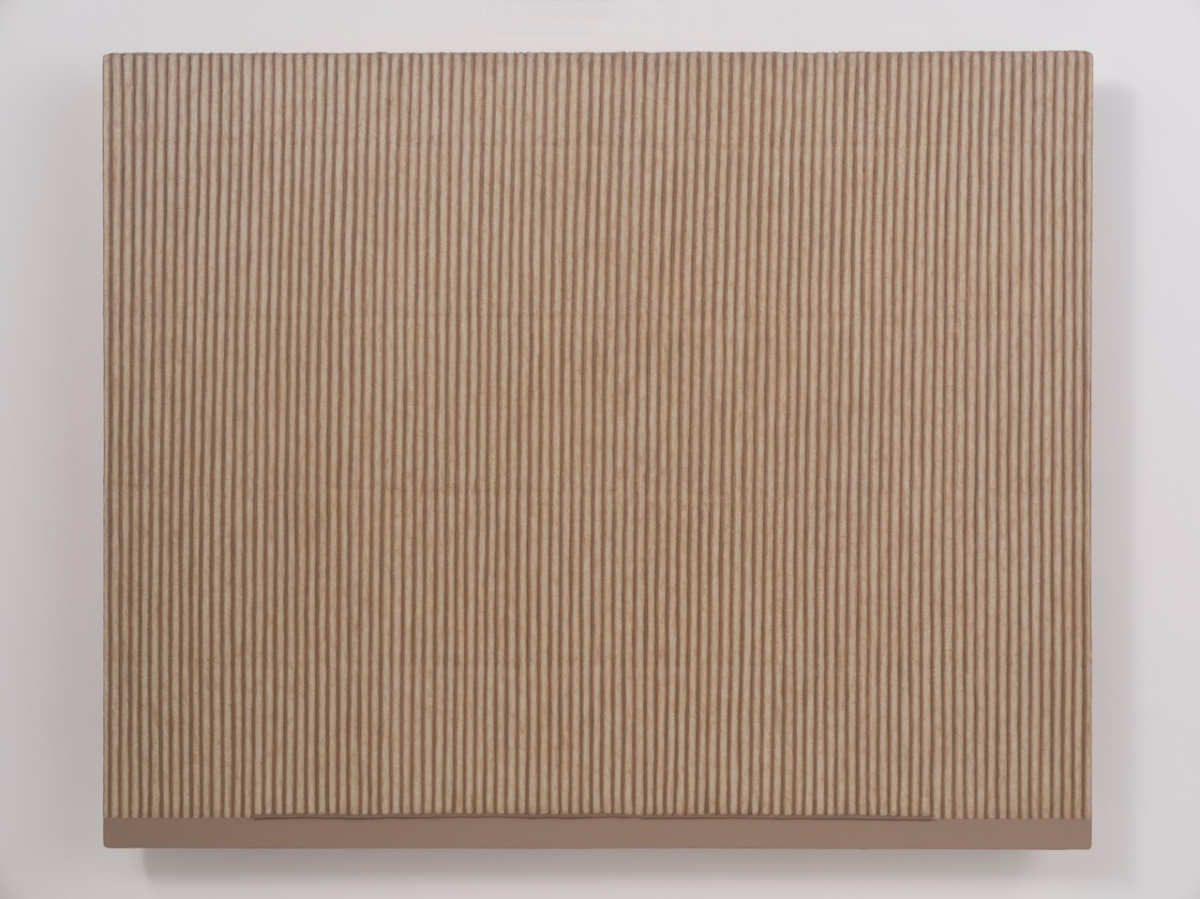
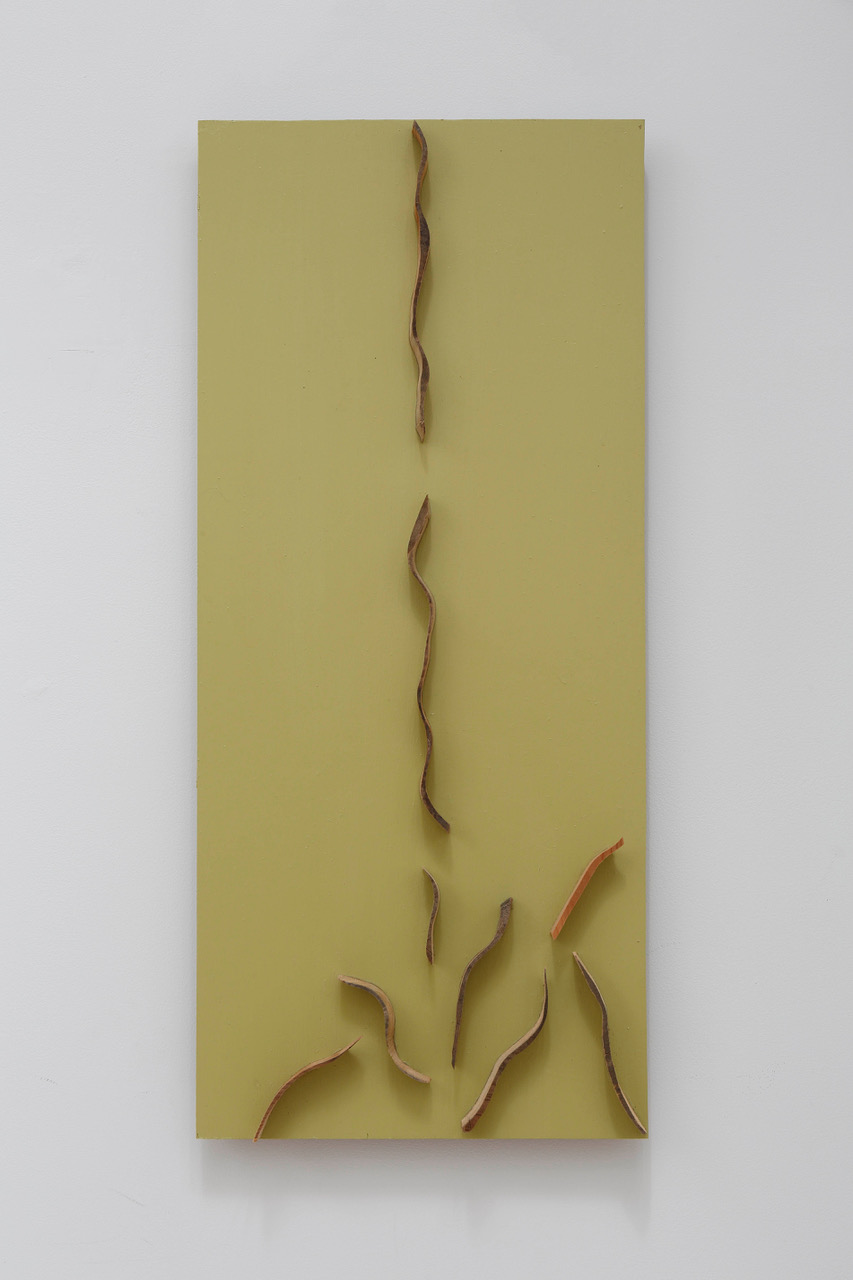
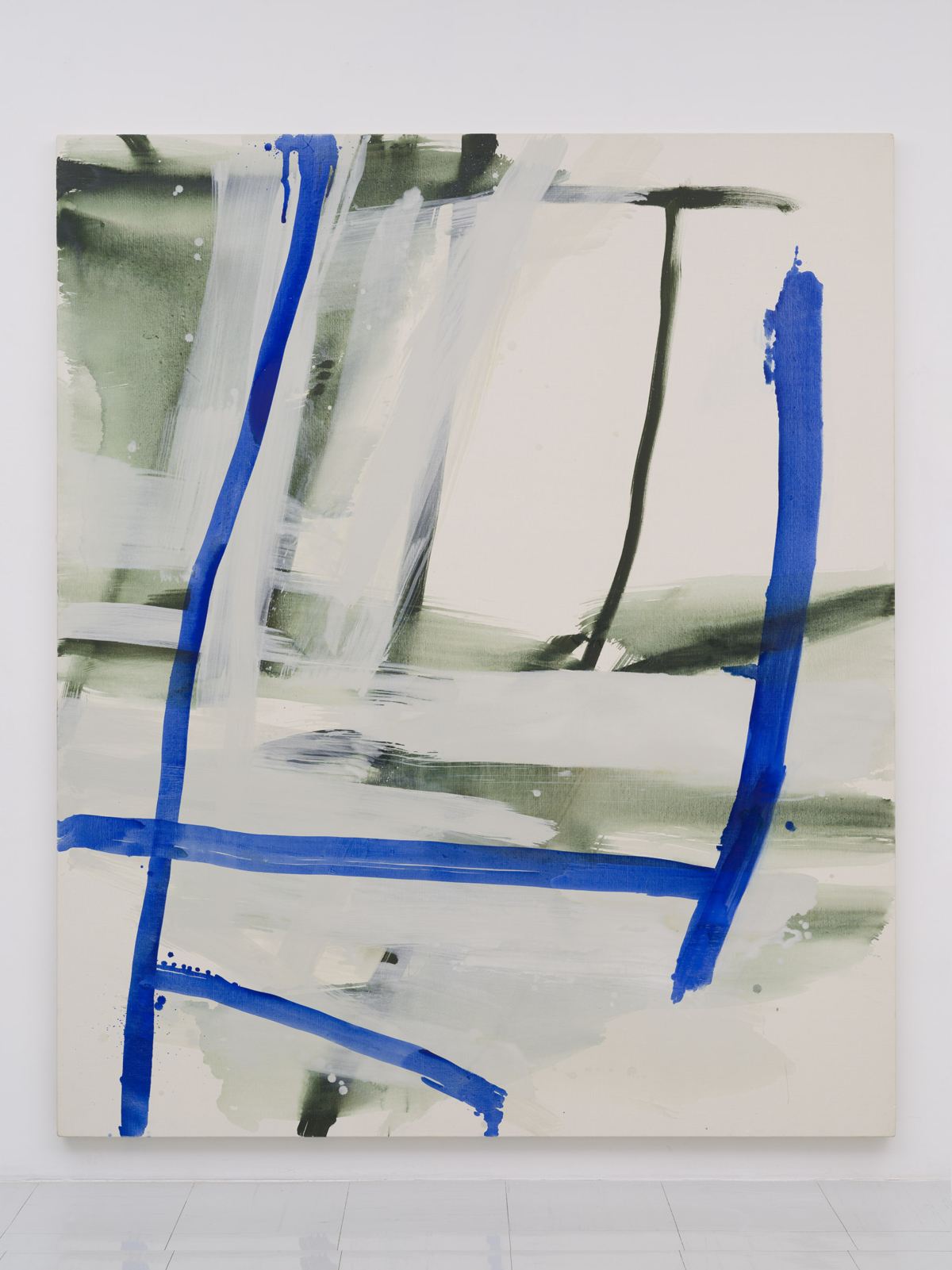
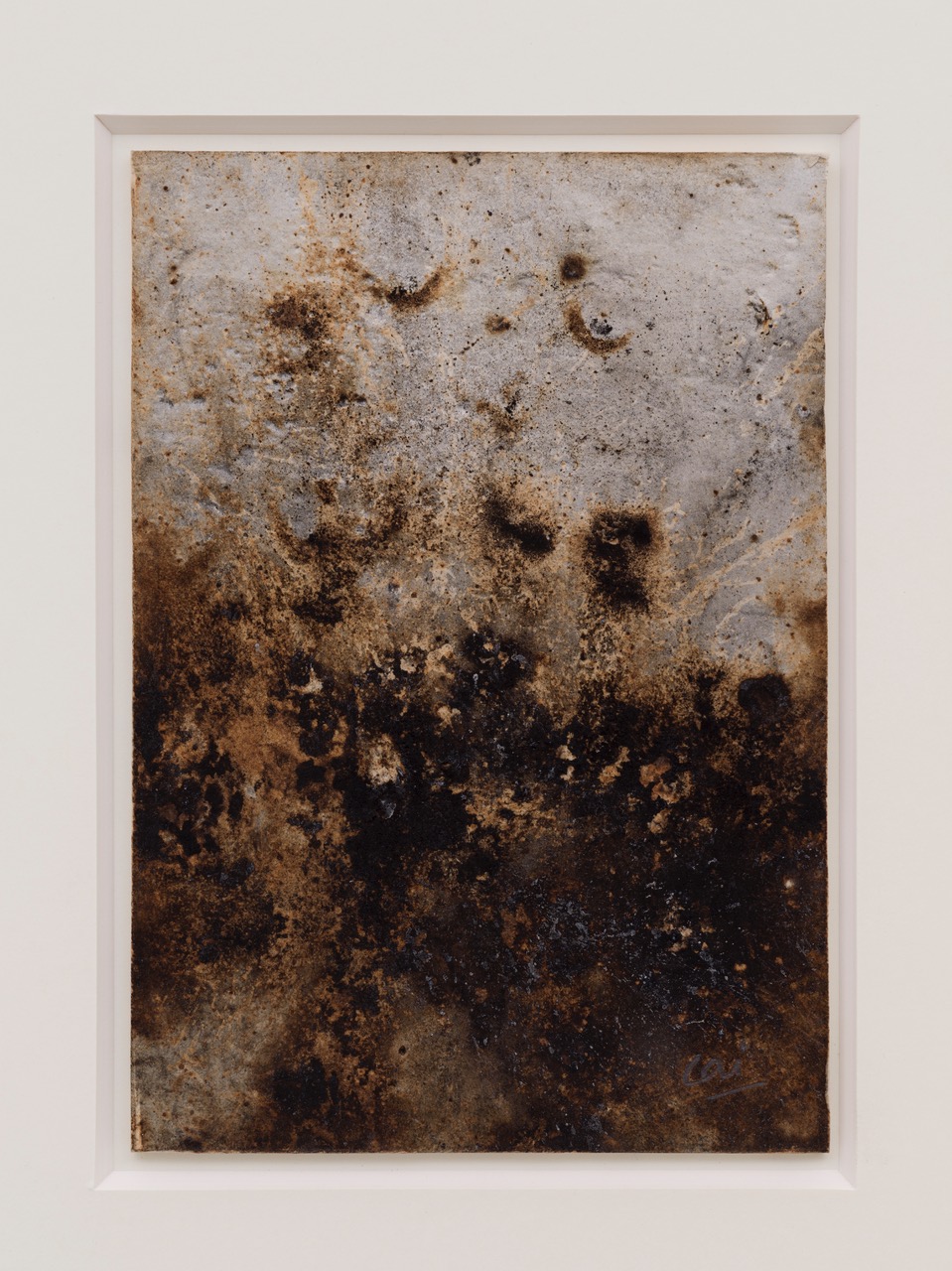
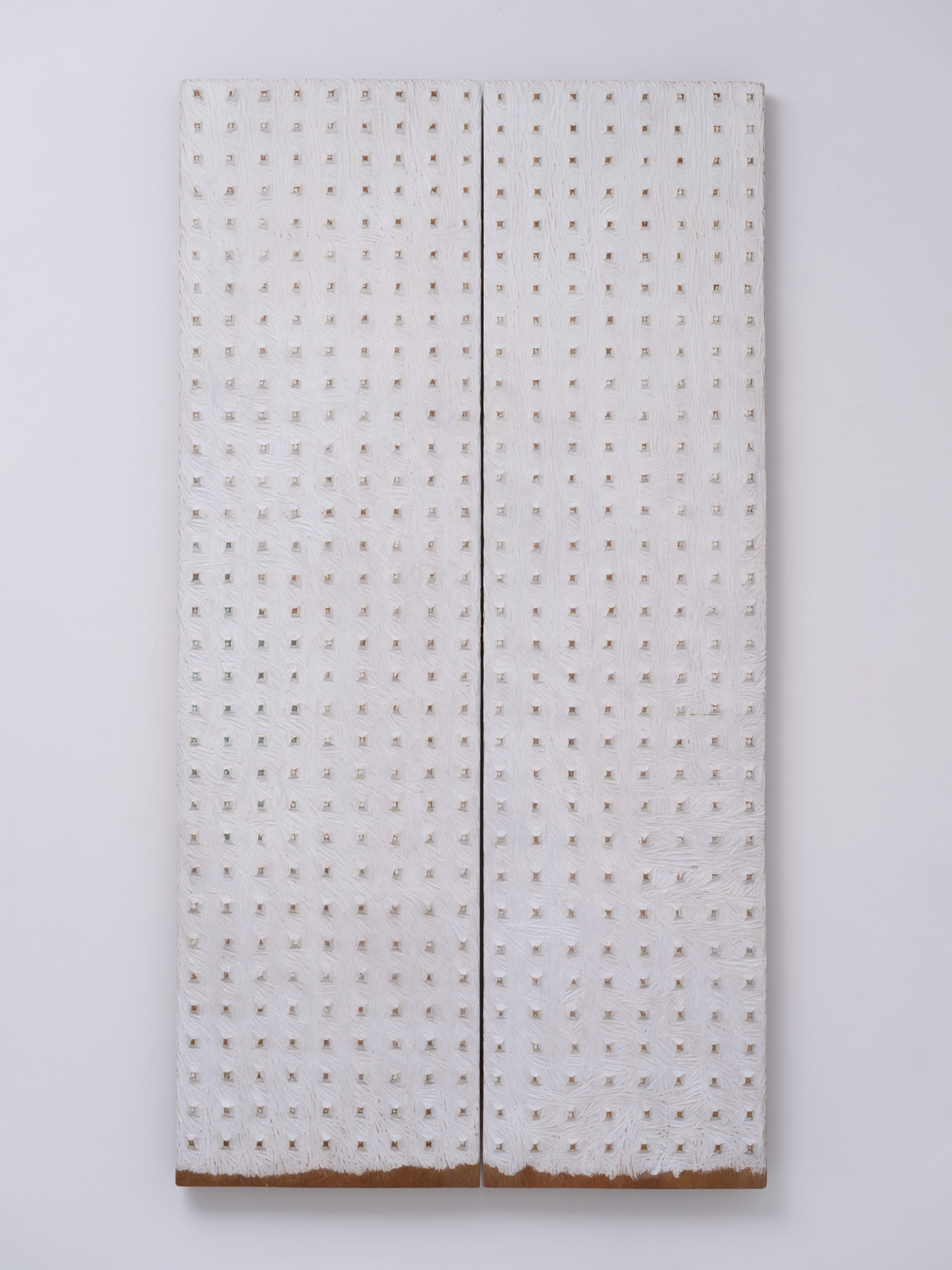
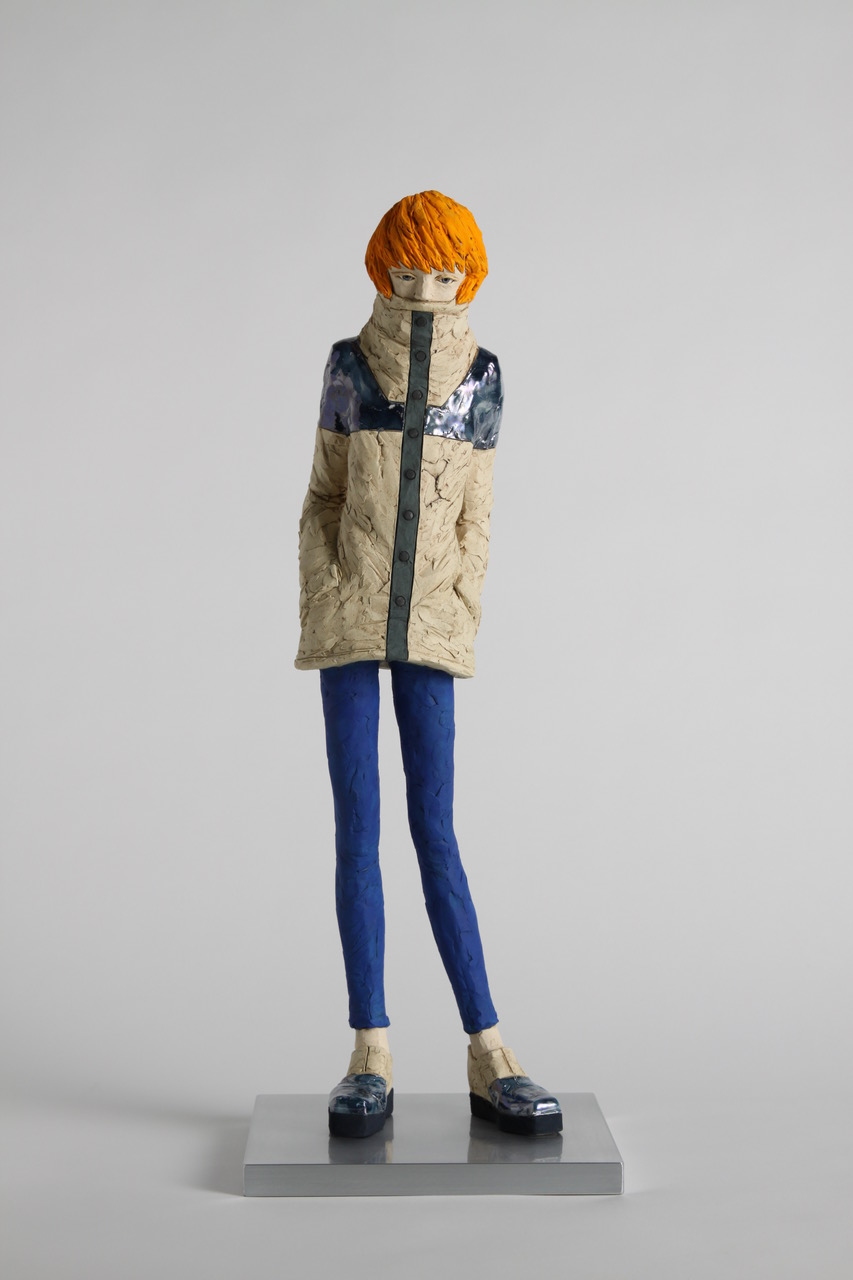
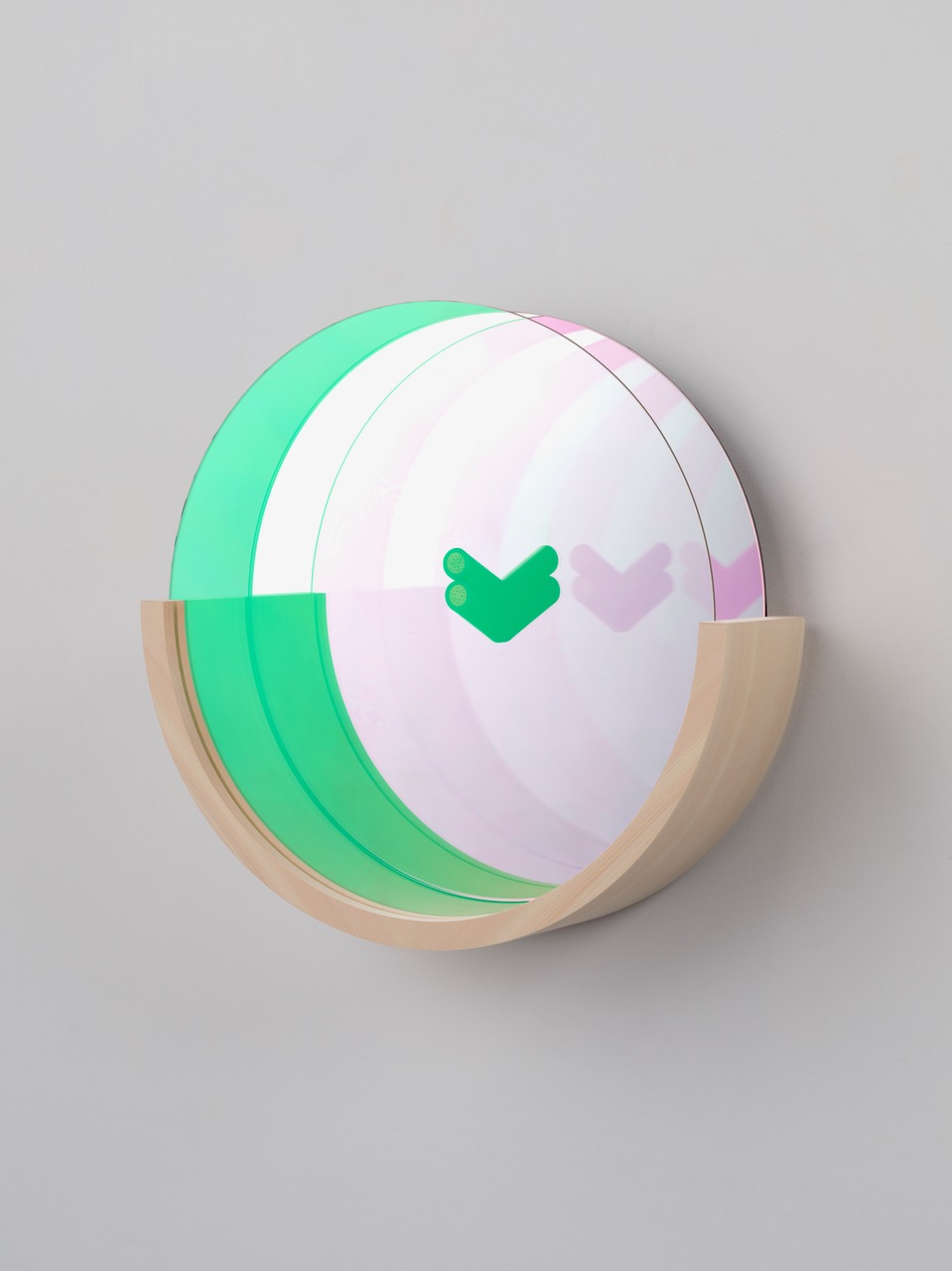
Park Seo-Bo is a leading figure in contemporary Korean art and the Dansaekhwa movement. Park was born in 1931 in Yecheon, Gyeongsang, Korea. He graduated from Hongik University, Department of Painting in 1954.
Park is best known for his Ecriture series of paintings. Ecriture is French for “writing”. The series has continuously evolved since its inception in 1967. But the shared simple form of the works in this series reflects Park’s unyielding pursuit of spirituality through repetitive but focused acts of “drawing.”
Park first exhibited at Tokyo Gallery in the 1975 group exhibition Five Hinsek ‘White’: Five Korean Artists. This exhibition has often been referred to as the original presentation of Korean monochrome painting. Since then, Park has now held six solo exhibitions at Tokyo Gallery with the latest in 2016.
Park is highly acclaimed for both own his artistic practice as well as his promotion of contemporary Korean art throughout his career. He received the Korea’s National Medal (Medal of Seokryu) in 1984, Order of Cultural Merit (Silver Crown) in 2011, and Asia Society’s (Hong Kong) Asia Arts Game Changer Award in 2019. His works are collected by public institutions such as the Guggenheim Museum (New York and Abu Dhabi), Museum of Modern Art, New York, Hirshhorn Museum, National Museum of Modern and Contemporary Art, Korea and Museum of Contemporary Art, Tokyo.
Kishio Suga was born in 1944, Iwate prefecture, Japan. Suga graduated from the Painting Department of Tama Art University in 1968. From the late 1960s onwards, he has been active as one of the central figures of Mono-ha, a sculptural and installation based art movement that emerged in the late 1960s. Through his practice of assembling natural, industrial or found materials into a room size installation piece, he intends to examine the relation between objects, space, and human perception in tandem to the surrounding environment. Suga’s solo exhibitions have been organized by numerous museums in Japan including Kishio Suga Hiroshima City Museum of Contemporary Art, 1997; Stance, Yokohama City Museum, 1999; Uncertain Void: Installation by Kishio Suga, Iwate Museum of Art, 2005. His most recent solo show Situated Latency was held at the Contemporary Art Museum, Tokyo in 2015.
Learn MoreMitsukuni Takimoto was born in Fukuoka in 1952. He moved to Italy in 1977 to apprentice to Tomonori Toyofuku, who was active in Milan at the time. Since then, Takimoto has consistently pursued a wood sculpture practice while remaining faithful to traditional techniques. Takimoto also works as an expert in the restoration of Buddhist sculptures. Under the influence of Toyofuku, Takimoto worked on abstract sculptural reliefs throughout the 1980s. In the ‘90s he shifted his style toward a more representational one. However, while these works can be called representational, he chooses only subjects like waterfalls and rivers, clouds and smoke: figures that remain in the viewer’s memory like an afterimage. The chisel marks left on the surface of these fluid shapes are simultaneously traces of the act of making, and a symbolic representation of the conscious effort to grasp indeterminate images.
Learn MoreHiroto Kitagawa was born in Shiga prefecture in 1967. After graduating from the Kanazawa College of Art in 1989, he travelled to Italy, inspired by figurative Italian sculptors such as Marino Marini. Kitagawa studied at the Academy of Fine Arts in Milan and Carrara, where he was trained in traditional terracotta sculpting techniques. Since his return to Japan, Kitagawa has been a consistent exhibitor of sculptures both in Japan and overseas. Kitagawa’s works use acrylics to add life to the most primitive of media –clay – in order to depict people living in the present day, with some of these works featured at an exhibition at the 21st Century Museum of Contemporary Art in Kanazawa.
Learn MoreSHIMURAbros is a sister-brother duo comprising Yuka Shimura, who was born in 1976 and holds a bachelor’s degree from Tama Art University and a master’s degree from University of the Arts London: Central St Martins, and her brother Kentaro, who was born in 1979 and holds a degree in Imaging Art from Tokyo Polytechnic University. After receiving an Excellence Award in the Art Division of the 13th Japan Media Arts Festival, hosted by Japan’s Agency for Cultural Affairs, the pair went onto have their works shown at Festival de Cannes and the Berlinale Festival and exhibited by art galleries in Japan and overseas. In recent years the works of SHIMURAbros have been exhibited at the Yebisu International Festival for Art & Alternative Visions, and the duo has taken part in the residence program at the National University of Singapore’s Centre for Contemporary Art (CCA). In 2017, ArtReview Asia magazine named SHIMURAbros as a “future great”. SHIMURAbros relocated to Berlin in 2014 on a research grant from the Pola Art Foundation, where they are currently resident as researchers at the studio of Olafur Eliasson. Recently, the duo was chosen to create the thirtieth commission work for the Aichi Arts Center and the Aichi Prefectural Art Museum, which resulted in Butterfly Upon a Wheel (2022), a series of video works that considers the ongoing issue of refugees, starting with Sugihara Chiune, the diplomat who famously issued ‘visas for life’ during WWII.
Learn More